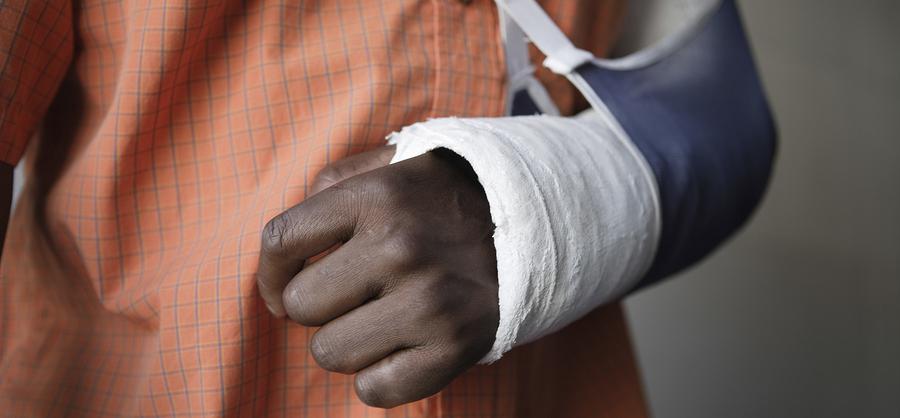Search for orthopedists near you and schedule your next appointment today
The human body consists of 206 bones that help provide our structural frame and protect our organs. Our bones are strong, but getting a broken bone or fracture is a regular risk in an active lifestyle. Although a bone can break in an instant from a slip on the ice or slipping off a curb, the healing process can take quite a while.
If you break a bone, you may require a particular type of immobilizer to help your bones heal. Depending on your age and the type of fracture you sustain, there are several types of casts, splints, and braces available to help you heal. A cast, splint, or brace may be necessary for up to 4 to 10 weeks. Your health care provider will choose what type of cast will be the most suitable for your injury.
Types of Casts
Casts are generally required for injuries and broken bones. A cast is like a big, tough bandage made of fiberglass or plaster that helps to keep bones, muscles, and tendons from moving and creating more injury.
When you think of a cast, you might envision the traditional bulky, white plaster cast. These plaster casts cost considerably less and are more easily shaped than fiberglass casts. These casts are typically used in the emergency room or to body parts that require more intricate molding.
The newer fiberglass, or synthetic, casts, on the other hand, have many advantages over plaster ones. Synthetic casts can be different colors and are lighter than plaster. They can get wet during bathing or swimming, and they're also more durable and porous.
When appropriate, your doctor may allow you to put some weight on your cast. You may even be given a cast shoe, a canvas, open-toe, and open-heel shoe that protects the cast and provides stability when you walk.
Orthopedic Braces
A brace is designed to stabilize a broken bone or surgery site and permits you to participate in range-of-motion and weight-bearing activities such as light walking and activities of general, daily living. There are some types of braces that are intended to increase circulation and decrease swelling.
A brace is made of a combination of metal, hard plastic, elastic material, soft pads, and straps to gently support the injury. Braces come in a variety of shapes, sizes, and colors. They can be used immediately following an injury or toward the end of healing, normally following removal of another type of cast.
One type of commonly used brace is an orthopedic walking boot. It works by immobilizing the movement of the ankle while walking. The objective of a walking boot depends on the condition, but it is commonly used to help in postoperative healing or to avoid surgery for a variety of leg and foot injuries or conditions.
Orthopedic Splints
For slight fractures, a splint may be all that is required to help the bones, connective tissues, or soft tissues to heal. A splint is an inflexible device used to stop motion of a joint or of the ends of a broken bone.
Splints differ from casts because they provide less support and protection for a limb that is injured or broken. A splint gives support to the broken bone on one or two sides, and it can be tightened or loosened without difficulty if the swelling in the limb increases or decreases. Your doctor might use a splint when you have, or are at risk of, a lot of swelling or when a cast is not appropriate.
You and your doctor can discuss the right type of cast, brace or splint for your injury and your lifestyle, and you'll be on the road to mended bones before you know it.




